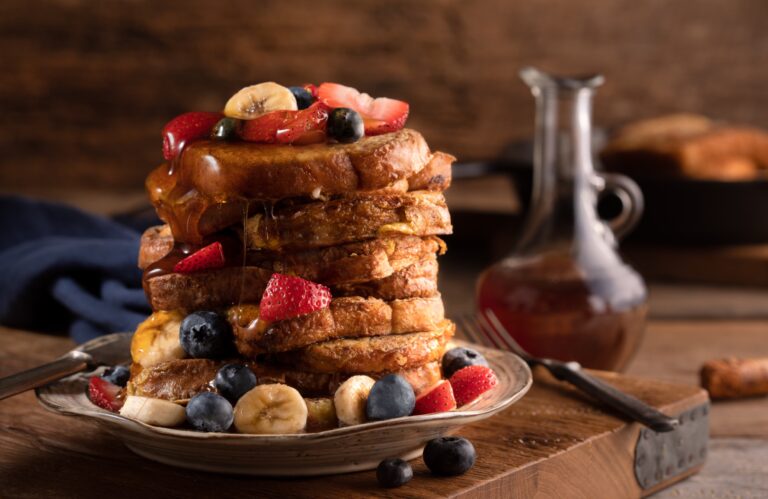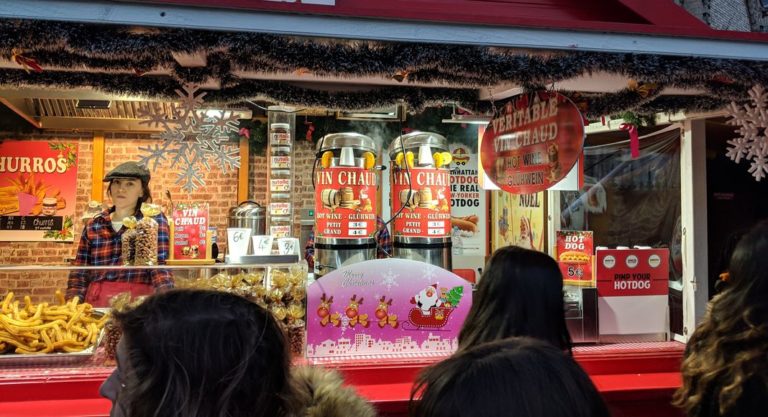This week’s entry, Benedictine, is the fourth in French Morning English Edition’s series tracing the history, ingredients, and uses of French botanical bitters.
Benedictine’s Benediction
With a name like Benedictine, it would seem that monks were yet again responsible for modifying medicine and in turn, creating potent brews. Indeed, the deep amber draught draws on the divine (and perhaps blind faith) to describe its doubtful origins.
Legend (via the product’s website) states that Benedictine’s naissance stemmed from an Italian monk by the name of Dom. Bernardo Vincelli. Sent to a monastery in Fécamp, Normandy, this supposedly bookish monk was more herbalist than hedonist, penning multiple recipes for alcoholic antidotes during his lifetime in the 1500s.
Fast-forward to 1789 and the terrors of the French Revolution. During all the pillaging and burning, the ransacking and land-grabbing, Vincelli’s fabled recipe went missing until a cunning wine merchant purportedly recovered it. Alexandre le Grand of Fécamp uncovered the manuscript dating back to 1510 and through careful study and research, rediscovered the secret of Dom Bernardo’s Benedictine brew. Determined to recreate this concoction, the wine merchant (re)produces the old monk’s digestive remedy and christens it “Benedictine” in honor of the religious order.
Or at least, that’s one story. Le Grand, being a shrewd individual, fabricated the entire existence of this mythical monk as a marketing ploy. Yes, that’s right – there is no trace of Vincelli’s existence to be found. Even in 1863, the year of Benedictine’s inception, a merchant knew how to manipulate his audience. By working with a pharmacist and utilizing a book of medicinal remedies that likely hailed from Fécamp’s monastery, Le Grand created a new health tonic that took the nation by storm, selling consistently through present day.
Benedictine contains the usual suspects – hyssop, angelica, and orange peels – as well as a couple surprising characters. Vanilla, saffron, mace, cinnamon, nutmeg, cloves, tea leaves…these exotic spices married with plants contribute to the highly piquant palate Benedictine proffers as well as to the almost sedative effect this digestive provides. Thanks to the presence of lemon balm, Benedictine calms the nerves and, depending on your glass’s height, may even act as a cure for insomnia.
Similar to Chartreuse, only three people at a time know the precise ratios of ingredients – though the actual ingredient list is widely public. In fact, one can tour the palace where Benedictine is made, sampling different variations and viewing an entire wing devoted to counterfeit bottles. Le Grand was known for going after false versions of his precious mixture and the imitations are showcased as trophies of his success.
Consumed neat or mixed with brandy (marketed as B&B), 40% of the global market share makes its way to liquor stores in the States. Retailing at about $30.00 a bottle, it’s an affordable after-dinner drink that ranks highly amongst drinkers. Spicy and herbaceous with a somewhat Christmas-like flavor, the ember-colored drink is quite sweet and easily hides its 40% ABV. When used in cocktails, it adds a distinctive aroma and flavor that complements more central alcohols like rum or cognac. Ask for it neat, in a glass, with a twist of lemon peel or look for it in the popular Singapore Sling mixed drink. If seeking something a little more glamorous, pop over to Prohibition-style bars Employees Only (ask for the Lazy Lover) and Bathtub Gin (try the Toronto).





